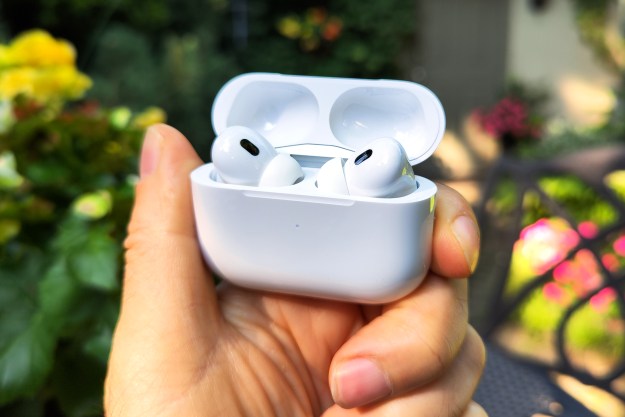
When WiMax Clearwire announced its latest financial results, it claimed the company was on the verge of resolving its long-running dispute with Sprint over billing for wholesale WiMax services. Although the mobile community is still waiting to see what that “imminent” solution might be, Sprint is apparently looking for ways to provide 4G that don’t involve Clearwire: at this month’s Mobile World Congress the company indicated it’s considering building out LTE 4G services using its own spectrum licenses, and now Bloomberg reports Sprint is in talks with LTE network operator LightSquared about building out LTE services.
LightSquared is looking to build out its own 4G LTE-based wireless broadband infrastructure, in hopes of competing with the likes of AT&T and Verizon. Backed by billionaire Philip Falcone’s Harbinger Capital private hedge fund, LightSquared has committed itself to building out a combined tower-and-satellite network that can reach 100 million Americans by the end of 2012, and 260 million Americans by 2016, and the company has recently received a waiver from the FCC that allows it to sell non-satellite handsets—a move that should make its services a lot more appealing to customers who balk at high handset costs.
According to the reports, Sprint and LightSquared are in negotiations to bring LightSquared mobile broadband equipment into existing Sprint cell sites—and that would mean bringing LTE services into Sprint cell sites as well. The move might be the beginning of the end of for Sprint’s relationship with Clearwire: although Sprint is the majority shareholder in Clearwire and has invested billions to help Clearwire roll out its WiMax network, it has been unhappy about competing with Clearwire in the retail arena and believes it should pay far lower rates to use Clearwire’s services.
Of course, any deal with LightSquared and Sprint might had no impact on the Clearwire relationship: Sprint could simply be looking at LightSquared as a tenant who wants to pay to park equipment at its cell sites.


